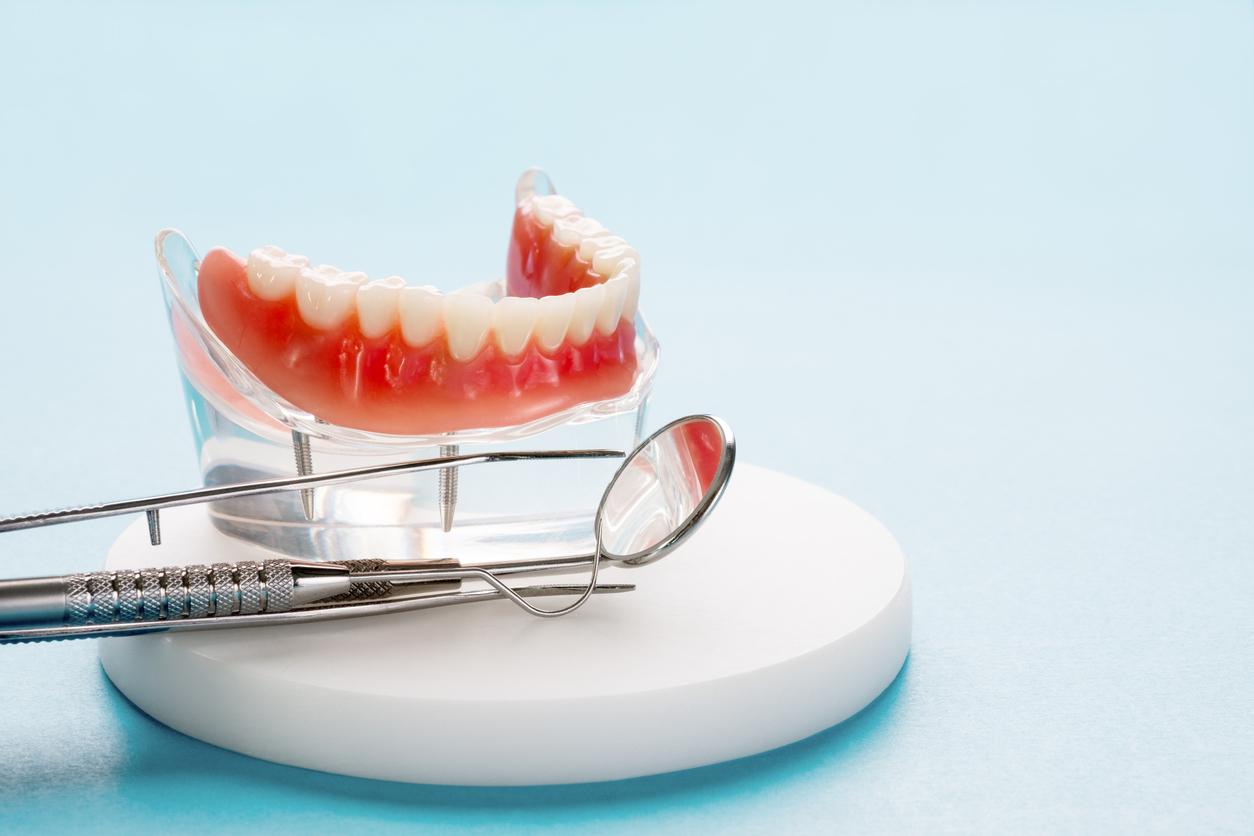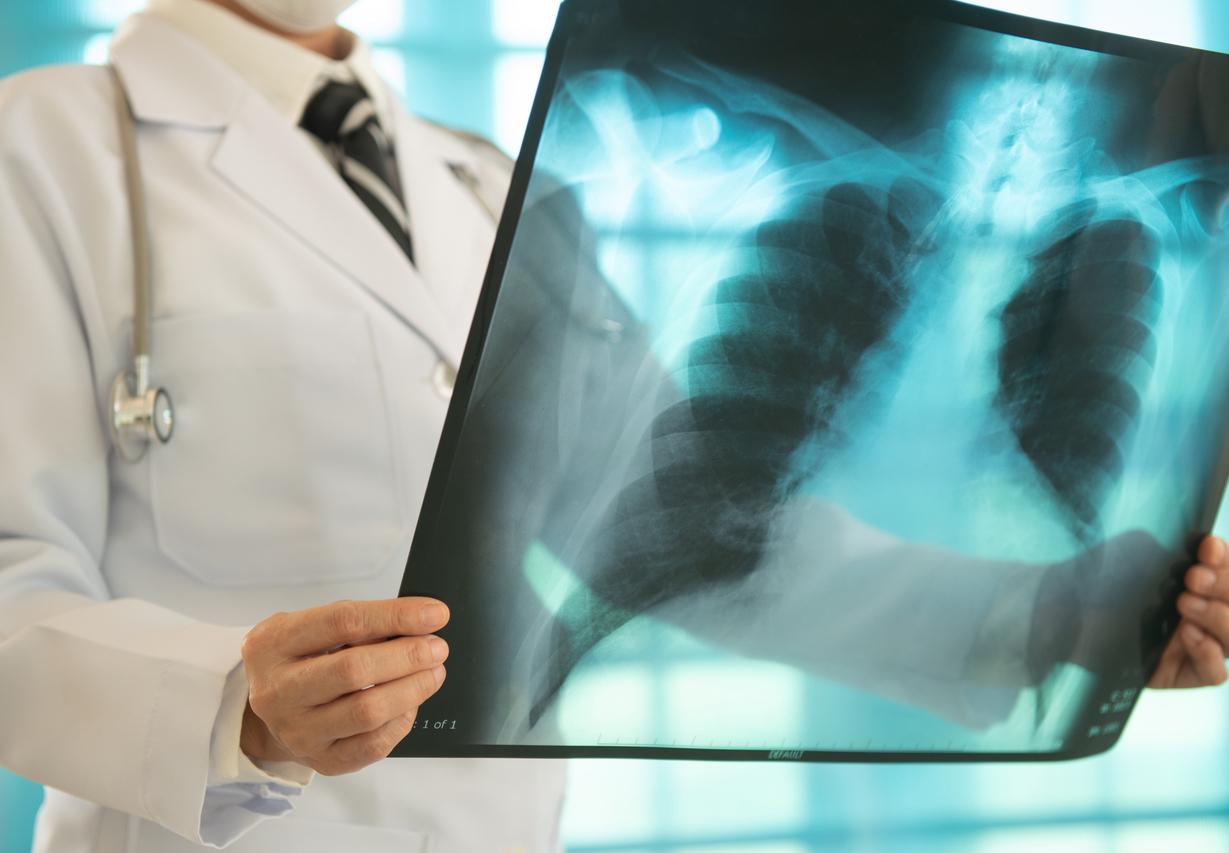
January 8, 2015 – Vitamin E is known for its multiple medicinal properties. Powerful antioxidant, it would fight against infections on a daily basis, but also against more serious pathologies. A recent study1 shows that vitamin E could reduce the risk of pneumonia, especially in the elderly.
Following numerous and extensive studies on the benefits of vitamin E on the body, recent experiences2 on animals would also have proven its effectiveness against the risks of pneumonia.
This study follows other recent experiences2 carried out on animals which have already suggested its effectiveness against the risks of pneumonia. The research was carried out on two groups of old mice, lasting four weeks. The first received a normal amount of vitamin E (the control group), while the second was fed higher doses (the experimental group). The virus was then injected into both groups. Infected mice that were exposed to ten times the dose of vitamin E have 1,000 times less bacteria in their lungs than mice that received a normal dose. They were thus able to fight the infection as effectively as the younger mice. These results suggest that a higher consumption of vitamin E, by food supplements for example, could promote the resistance of the elderly to a pulmonary infection. This study has yet to be tested in humans, but the research is promising.
Older people more vulnerable to pneumonia
Pneumonia3 is an infection of the lungs caused by a virus or bacteria. It more specifically affects the pulmonary alveoli, but can also extend to the bronchi. The severity of pneumonia depends on what causes it and who has it. Indeed, the elderly are more prone to mortality risks. Their immune system is weakened, which makes them vulnerable to infection of the lungs.
What is vitamin E?
According to the study, higher consumption of vitamin E in the elderly may help prevent the risk of pneumonia. Its effects on health are considered multiple. This vitamin has an essential role in the protection of the organism. It has anti-inflammatory, antiplatelet and vasodilator properties which could allow it to prevent cardiovascular disease. In addition, it is antioxidant, that is to say, it removes free radicals and reduces the oxidation of low density lipoproteins (LDL). We still do not know the link between vitamin E and the immune system but according to a hypothesis, it would increase the entry of white blood cells called neutrophils into the lungs, and thus reduce inflammation.4. This is because neutrophils enter the lungs to kill bacteria, but if this number is poorly controlled, it can cause inflammation. A greater consumption of vitamin E should then make it possible to compensate for this loss of immune reaction, caused by aging.
Where can we find it?
Generally, vitamin E is found in nuts, seeds, vegetable oils and in green leafy vegetables. Thus, the foods richest in vitamin E are wheat germ oil, unbleached almonds, sunflower seeds or even hazelnuts. It can also be consumed in the form of food supplements, such as tablets, soft capsules or oily solutions.
The recommended nutritional intake of vitamin E ranges from 4 mg (or 6 IU *) for an infant aged 0 to 6 months, to 15 mg (or 22.5 IU) for an adult. However, the injection doses should be kept under control and below 266 mg per day.5 .
It is possible to see vitamin E deficiency appear. This type of pathology most often affects developing countries, and causes fat absorption disorders. Symptoms (anemia, neurological disorders) usually appear over the long term. However, in developed countries this deficiency remains rare, it is mainly due to a malabsorption of lipids by the body (Crohn’s disease, cystic fibrosis, celiac disease).
* Recommended nutrient intakes are now in milligrams. However, on supplements, the dosage of vitamin E is often listed in international units (IU), an ancient measurement. One milligram of alpha-tocopherol (the natural form of vitamin E) is equivalent to 1.5 IU.
|
Sources 1. Bou Ghanem, EN, Clarks, S., DU, X., WU, D., Camilli, A., Leong, JM, Meydani, SN. “The alpha-tocopherol form of vitamin E reverses age-associated susceptibility to Streptococcus pneumonia lung infestion by modulating pulmonary neutrophil recruitment. ” The Journal of Immunology (2014). 2. Antioxidant supplements for prevention of mortality in healthy participants and patients with various diseases. Bjelakovic G, Nikolova D et al. Cochrane Database Syst Rev. 2008; (2): CD007176. 3. John G. Bartlett, Professor of Medicine, Johns Hopkins University School of Medicine. Merck Sharp & Dohme Corp. (2008). 4. Tufts Collaborates Grant M230169 (to AC, JML, and SMN), US Department Agriculture Contract 58-1950-0-014 (to SNM), and the ASPEN Rhoads Research Foundation (2014). 5. Miller ER 3rd, Pastor-Barriuso R, et al. Meta-Analysis: Hugh Dosage Vitamin E Supplemntation May Increase All-Cause Mortality. Ann Intem Med. 2004 Nov 10. Full text: www.annals.org. |















